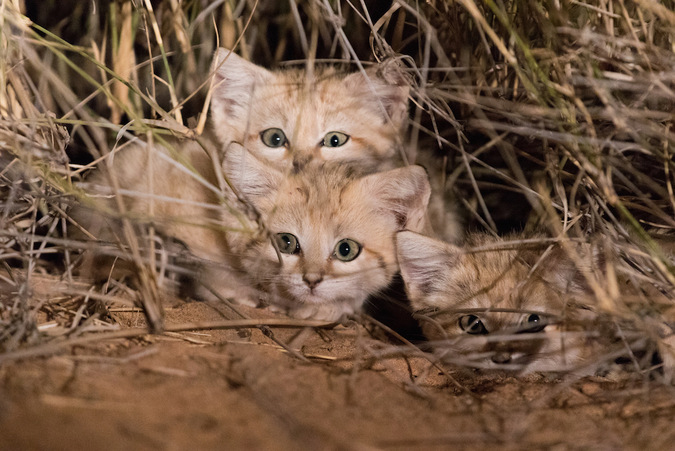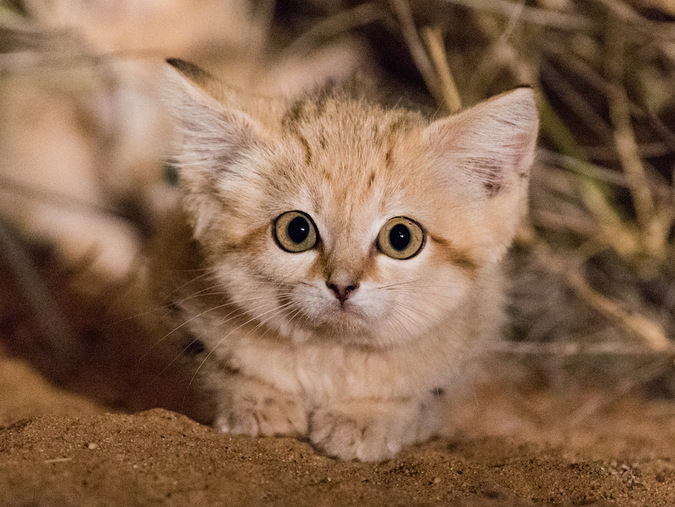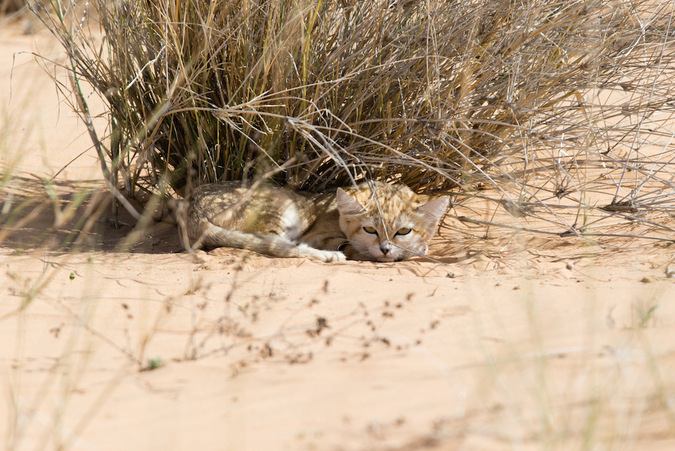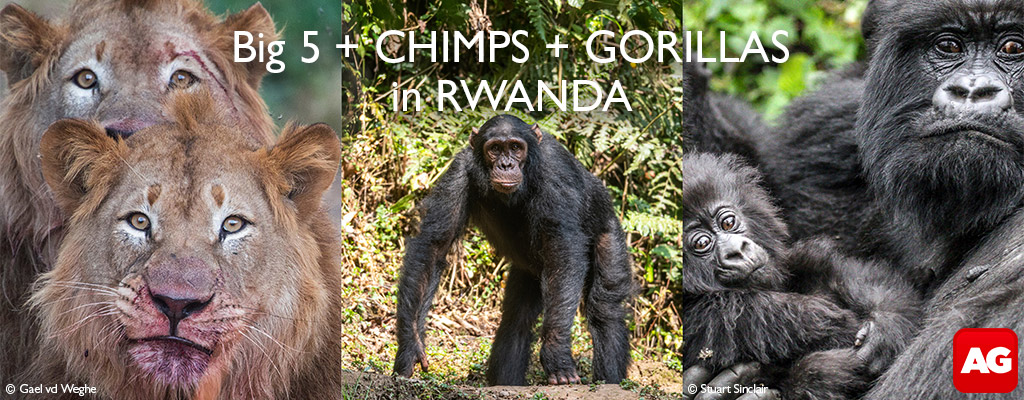
Sourced from third-party site: Panthera, written by Grégory Breton, MSc (Managing Director, Panthera France)
It was 2 a.m. in the Moroccan Sahara, and I was heading back to camp after seven hours of driving through sand, dust, and prickly vegetation on my fifth and final expedition to document sand cats. I was chatting with our local driver, Elhaj, to keep him awake, while my colleague Alexander Sliwa spent a few more minutes squatting on the roof of our Toyota Land Cruiser shining spot lamps into the bushes, close to giving up.
Then, it happened. Three pairs of eyes gleamed back at Alexander through the darkness about four kilometres from our campsite. They belonged to young sand cats, yellowish, small wild cats with broader faces and larger ears than domestic cats.

Finding sand cats (Felis margarita) in their natural range (northern Africa, across the Middle East, and southwest and central Asia) is difficult. They barely leave any visible pugmarks, they don’t leave behind remains of their prey, and their vocalisations are quiet. They move stealthily at dusk, night, and dawn, they’re good at hiding, and their fur provides perfect camouflage when they want to vanish from observers and threats. But they don’t run away.
Finding these kittens was astonishing. We spent an hour taking pictures and videos and setting up camera traps in the hopes of recording some natural behaviour once we left. Based on our experience with sand cat litters in captivity, we estimate they were six to eight weeks old – too small for collaring. We believe this was the first time researchers ever documented wild sand cat kittens in their African range.

As we were carefully leaving the kittens, making sure we didn’t startle them, the team spotted and radio-collared an adult female that was nervously roaming around during our interaction. She could be the kittens’ mother. If we collect footage of her and follow her for a long period, we can gather data on the natural reproduction cycles and offspring dispersal of this species in the wild – all topics never before documented.
It was a unique and exciting expedition, and what we find next can be groundbreaking.

Tracking sand cats is fun, but demanding because of the harsh landscape and high temperatures. A typical day in the field involves waking up at 8 a.m., recording the daytime resting locations of the collared cats when we can find them, napping in the afternoon after a meal cooked and eaten in the shade of rare acacia trees or in one of our tents, and setting out again between sunset and sunrise.
This is when sand cats are active and the best period to collect their movement data and observe their behaviours.
To comment on this story: Login (or sign up) to our app here - it's a troll-free safe place 🙂.![]()








